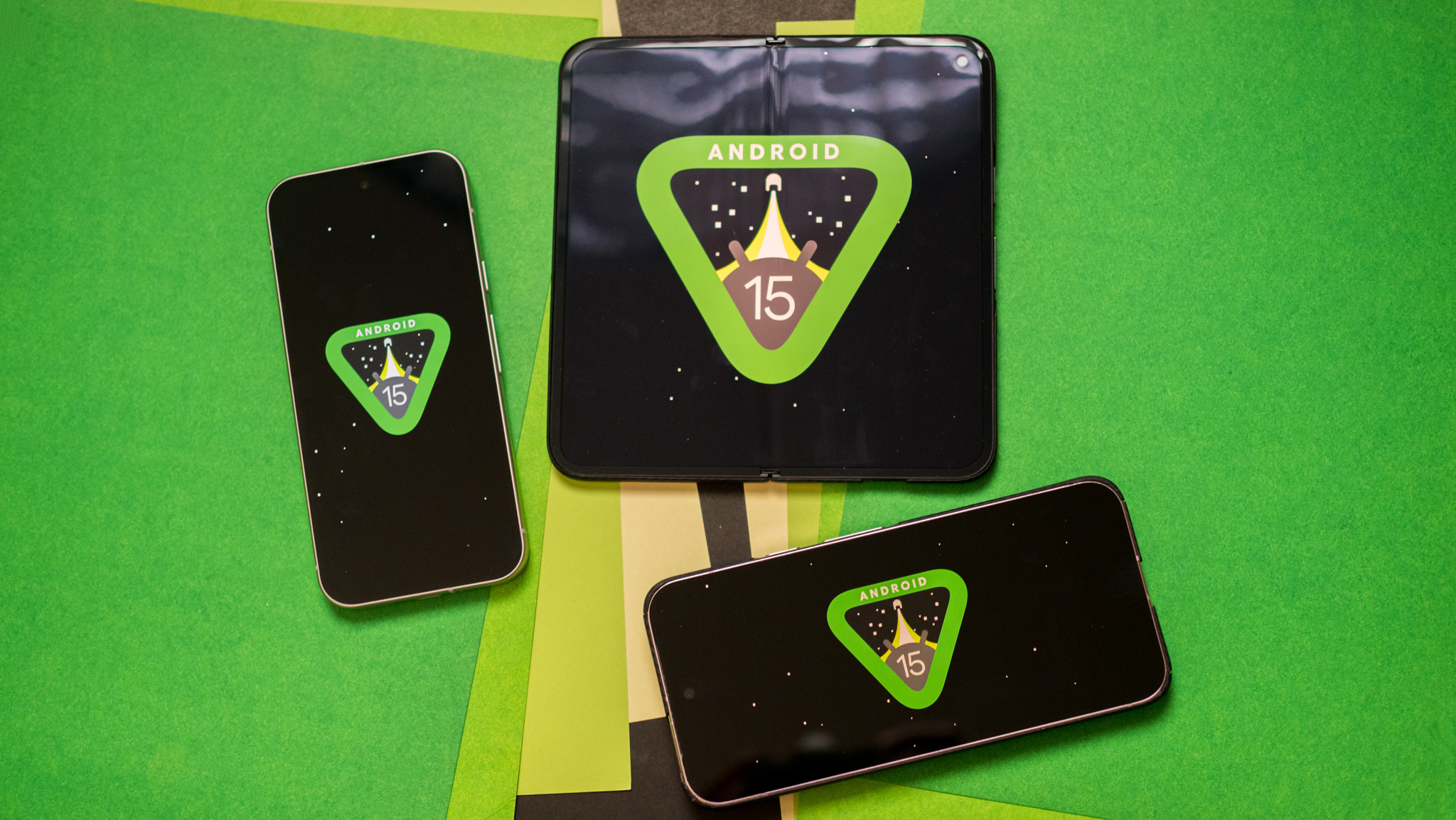Now is the time for Samsung to use the Exynos chipset in all its phones
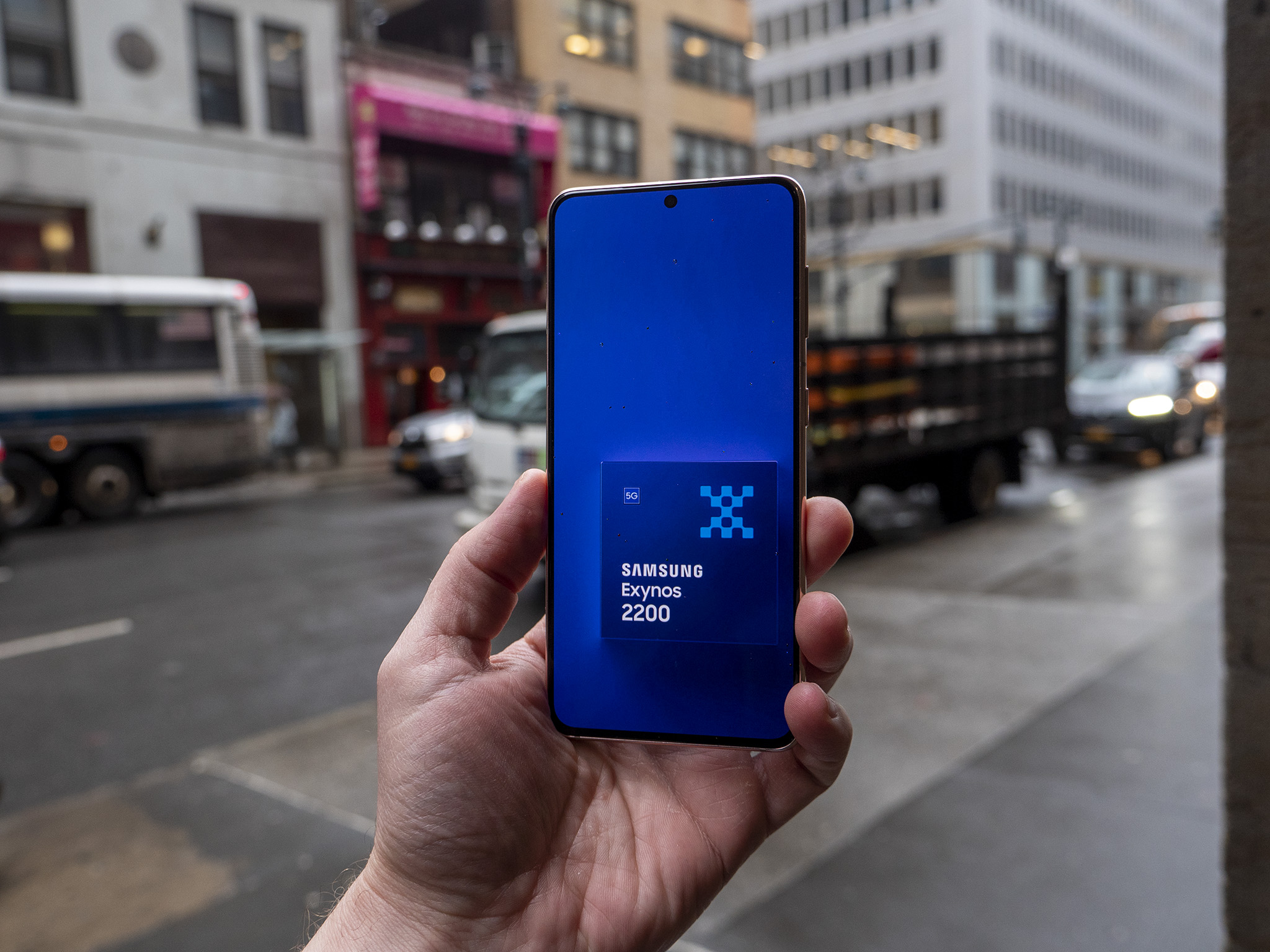
Until this year — and the exceptional year of 2015 — Samsung's Exynos SoCs typically weren't worth making a fuss over. They often traded blows with Qualcomm's processors in any given year but haven't normally been able to traverse the unique landscape of wireless spectrum that exists in the U.S.
But Samsung's upcoming Exynos 2200 breaks the mold. It's outfitted with a custom-made GPU from AMD that utilizes some of the same technology found in the PS5 and Xbox Series X|S.
The AMD partnership — and the Pixel 6 as proof that Samsung can make a competent modem for the U.S. — means it's time for Samsung to throw off Qualcomm's shackles and power the best Samsung phones with the Exynos 2200.
Hidden potential
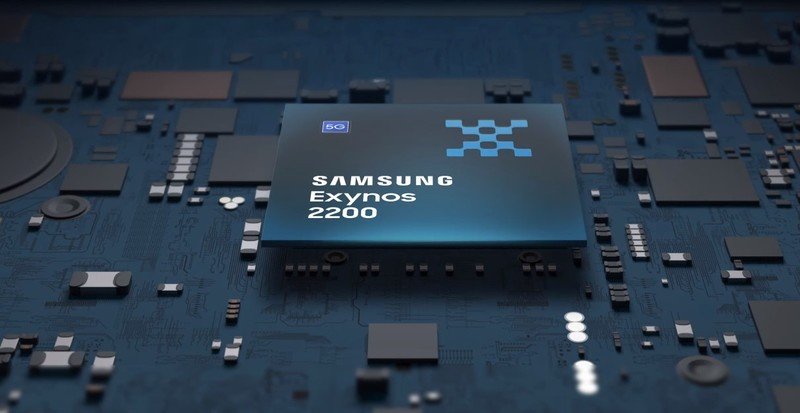
You might be surprised by this — especially given the incredibly boring and unceremonious unveiling by Samsung — but the AMD partnership and the RDNA 2 architecture that powers the Xclipse 920 GPU are far more than just the spec list Samsung spelled out in its press release.
It's impressive that the Exynos 2200 can deliver up to 8k video recording at up to 60fps. Support for up to 200mp imaging sensors is more than just notable. The ability to display 144hz refresh rates on an incredibly high-resolution QHD+ panel could be called brilliant. It's even got a new modem with 5G mmWave support.
The AMD partnership and the RDNA 2 architecture that powers the Xclipse 920 GPU is far more than just the spec list Samsung spelled out in its press release.
Sure, that's nice and all, but how about something I will actually use and care about this year, thank you.
Unless all the rumors are wrong, we're not getting a 144h QHD+ panel on the Galaxy S22, even though it's confirmed that at least one model is shipping with the Exynos 2200. No one cares about 8k60 recording, and Samsung isn't using 200mp sensors, either.
Be an expert in 5 minutes
Get the latest news from Android Central, your trusted companion in the world of Android
What Samsung is doing, however, is programming brilliant software that's as smart as it looks these days. That applies to some of the main UI but, in particular, I'm referencing the camera software and the post-processing experience.
This past year, Samsung released Object Eraser with the Galaxy S21 as an experimental feature. But, it was quickly eclipsed when Google's Pixel 6 came out, as Google's Tensor-powered Magic Eraser feature basically did everything better.
The Galaxy S21 didn't have the AI processing power of the Pixel 6. Hopefully for Samsung, that'll be changing this year.
Part of that is because the Galaxy S21 didn't have the AI processing power of the Pixel 6. Hopefully for Samsung, that'll be changing this year.
Samsung didn't just outfit the Exynos 2200 with a new dual-core NPU that's capable of impressive AI processing tasks; it has a GPU built upon the RDNA 2 architecture to push mobile AI processing to new levels.
The other folly in Samsung's announcement was talking up ray-tracing support for mobile games, with the tagline of offering "console-quality visual quality" in mobile games.
Rubbish.
The Xclipse 920 might be based on RDNA 2, but it's not going to usher in some new era of ray-traced mobile games. The PS5 — which utilizes a significantly more beefed-up RDNA 2-era GPU — struggles with ray-tracing in games and has to make notable concessions when it's enabled.
The Xclipse 920 might be based on RDNA 2, but it's not going to usher in some new era of ray-traced mobile games.
If a device that doesn't have to worry about prioritizing battery life over performance and has a notoriously massive footprint with fans larger than the average smartphone inside struggles with ray-tracing, it's not likely a phone will be able to keep up with the task.
No, instead, Samsung should be focusing on tricks of the trade learned over the past years of AI development from companies like Google, Nvidia, and others.
Erasing the boundaries
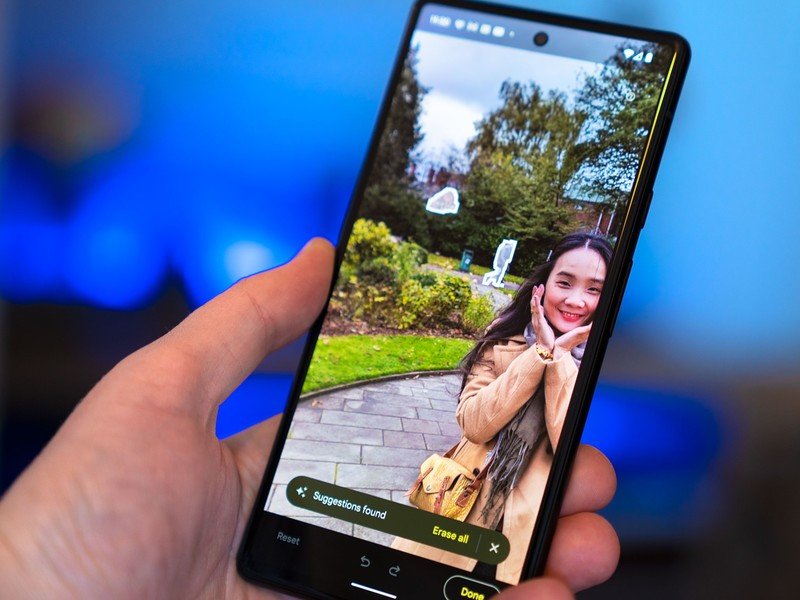
Traditional computing methods assumed a one-size-fits-all processor would be enough to handle any task that could be thrown at it. Then the GPU came along in the form of the original GeForce and changed all that, ushering in a new kind of purpose-built processor that did very specific tasks much better than a regular old CPU.
Over the years, we've seen several new additions to the armory of bespoke processor types that developers can tap into. The latest revolution is in NPUs, or neural processing units, which can process AI-related tasks and visual information in a way that would take a CPU ages.
These tasks utilize the unique abilities of purpose-built hardware to enhance tasks in an intelligent way instead of with sheer brute force strength.
Similarly, NPUs and ray-tracing-capable GPUs have been used for more and more AI-based work over the years, including Nvidia's DLSS, Oculus Application Space Warp, and a notable number of others. In a nutshell, these tasks utilize the unique abilities of this purpose-built hardware to enhance tasks in an intelligent way instead of with sheer brute force strength.
In other words, they're the epitome of brains over brawn. The actual realization of the adage 'work smarter, not harder.'
We recently saw this in action with Google's Magic Eraser on the Pixel 6. While Samsung and Adobe have their own solutions that work in similar ways, Google's Tensor processor is an AI-processing beast that can actually understand the visual information in each picture, using this "knowledge" to create a more convincing final image.
Similarly, Google uses Tensor in an impressive way to analyze faces and other objects in the camera app, helping it to capture better memories of parents of all kinds.
Whether this means clearer faces in pictures — because Tensor can understand what a face is and how to pick out the clearest one in a series of photos — or better-looking games that simultaneously run at a higher frame rate, the end result is the same.
Google uses Tensor in an impressive way to analyze faces and other objects in the camera app, helping it to capture better memories of parents of all kinds.
By introducing Exynos 2200 with the Xclipse 920 GPU in all its best phones, Samsung can ensure the market that its phones can be used for bigger and better things. Things that make a palpable difference in the lives of its users, not just cosmetic upgrades like a faster, prettier display.
The beauty of bespoke
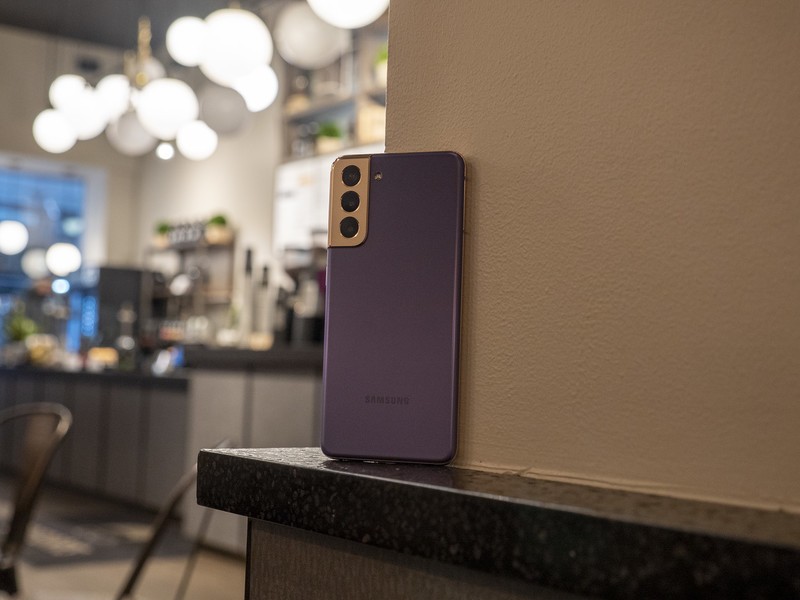
Seven years ago, Qualcomm introduced the Snapdragon 810. It was a blunder of a product from a company struggling to update its processors to the latest and greatest architecture designs. But Samsung wasn't worried. It had the Exynos as a backup.
Since then, Samsung has confined its own Exynos processors to the International versions of its phones for far too long.
By implementing Exynos in all flagship Galaxy phones, Samsung could develop more bespoke features across the board.
The reasoning behind the Qualcomm choice has largely disappeared. Even if Qualcomm still makes better modems than Samsung, the difference between the Adreno GPUs in Qualcomm SoCs and the new AMD GPU in the Exynos 2200 should more than make up for the difference in a practical sense.
Right now, Samsung has to develop its phones for several different configurations. For example, the U.S.-based Galaxy S21 utilizes a Qualcomm chipset and mostly Sony camera sensors. Meanwhile, the International version of the same phone uses a Samsung-made Exynos chipset and Samsung-made ISOCELL camera sensors.
That's a lot of extra complication for the software team, who somehow has to create an identical experience between two disparate models even though they're not running identical hardware.
Implementing Exynos in all flagship Galaxy phones would help alleviate the strain that hardware engineers need to deal with when designing phone hardware that must conform to several different chip and sensor designs. Plus, Samsung could begin to develop more bespoke features across the board.
With everything finally being made under one roof, Samsung would have full control over the entire process, simplifying the structure substantially.
With everything finally being made under one roof, Samsung would have complete control over the entire process, simplifying the structure substantially.
Maybe it would even be able to lower prices again because of this. One can certainly hope.

